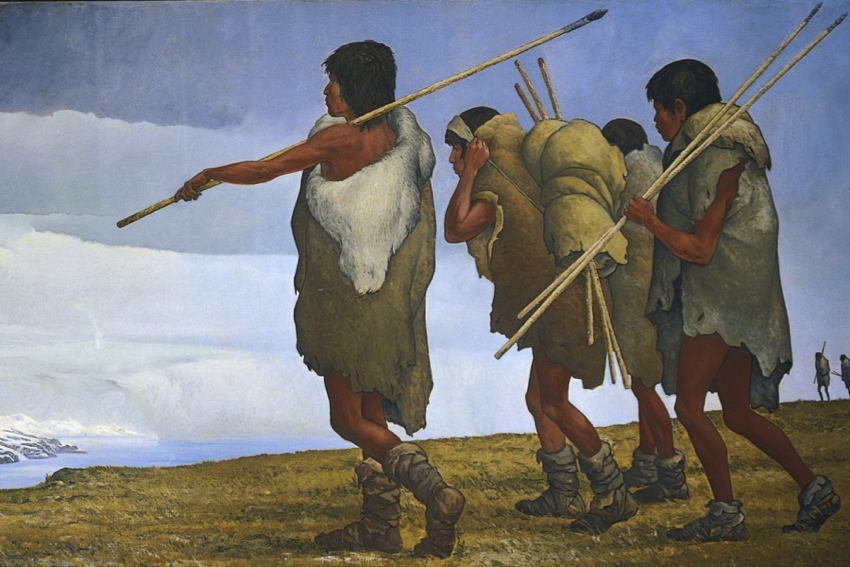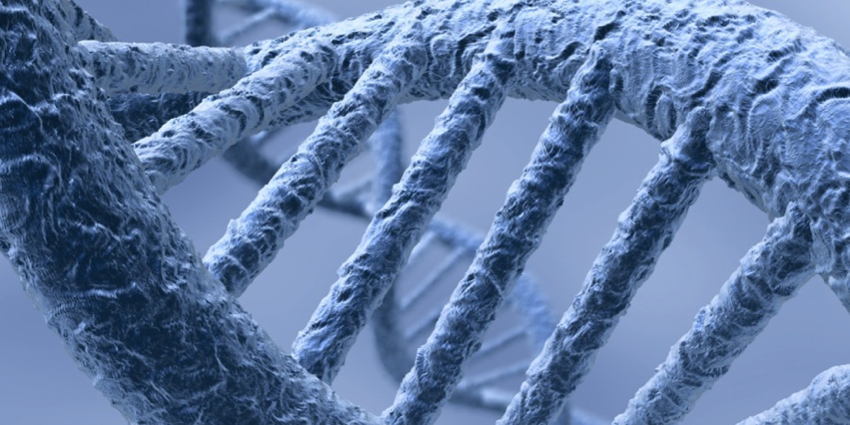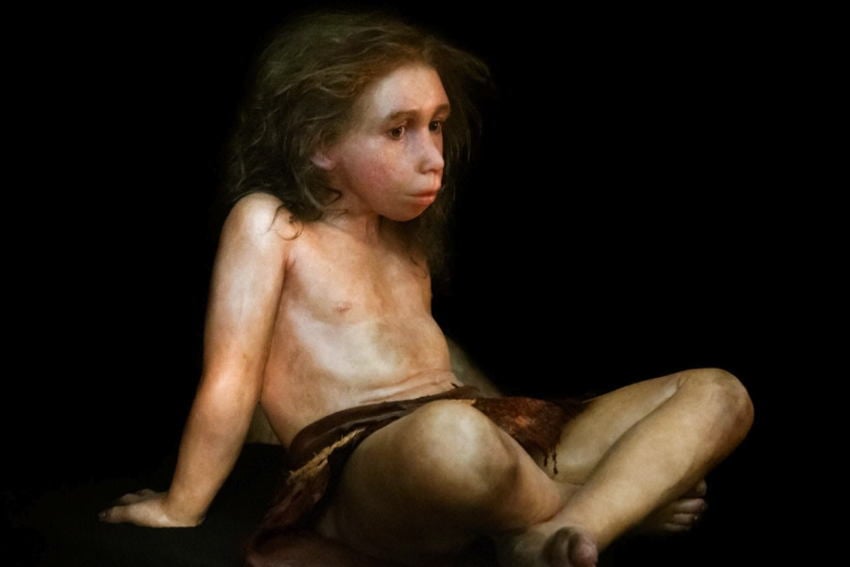
Source: NPR
In 2008, a bearded Russian man named Nikolai Peristov was searching for mammoth tusks along the muddy banks of the Irtysh River in Siberia. Peristov is both a historian and a jewelry maker, and his plan was to carve out pendants and charms from the ivory of the ancient tusks. But that day, instead of mammoth tusks, Peristov found a human femur near the village of Ust’-Ishim. Although he had no way of knowing it at the time, he had just made one of the most important scientific discoveries of the 21st century.
Ust’-Ishim man, as the deceased ancient owner of the femur came to be known, lived somewhere between 43,000 and 47,000 years ago. But his thigh-bone was remarkably preserved by the frigid Siberian climate. His DNA was still intact. It is the oldest genetic material of a modern human ever to have been studied, and scientists have been able to map the entire genome.

The scientific journal Nature recently published the groundbreaking findings of the genome mapping. The information stored in the DNA of Ust’-Ishim man’s Siberian femur illuminates the shadowy story of humanity’s spread across the globe. In particular, it shows more clearly when Homo sapiens (our species) interbred with another line of hominids, the Neanderthals.
Interspecies Heat
Neanderthals evolved around 250,000 years ago, many millennia before Homo sapiens appeared. These distinct evolutionary lines shared an earlier African primate species as a common ancestor. While human and Neanderthal bloodlines ran parallel to each other for tens of thousands of years, we know that at some point they crossed. And we know their sexual exchange took place outside of Africa.
We know this because in all modern humans with European, Middle Eastern, or Asian ancestry, there are traces of Neanderthal DNA. In other words, if you’re not from Sub-Saharan Africa, about 1-4 percent of your genetic makeup is Neanderthal DNA.

Source: Natural History Museum
Before the discovery of Ust’-Ishim man, there was a wide range of estimates on when this era of sexual dalliance (or “admixture” as it is politely called in the scientific literature) between our ancestors and Neanderthals occurred. Scientists had placed the date as anywhere between 37,000 and 80,000 years ago.
Ust’-Ishim man’s DNA helps narrow this range to a much smaller window, from around 50,000 to 60,000 years ago. As in most modern humans, Ust’-Ishim man’s genome has a fraction of Neanderthal DNA embedded within it.
The difference is that the strands of Neanderthal DNA in Ust’-Ishim man are about three times longer than the snippets remaining in humans today. Researchers can use the precise spacing and lengths of these strands to determine when the Neanderthal genetic material was introduced. Their studies conclude that Homo sapiens-Neanderthal interbreeding happened roughly 250 to 400 generations – that is between 7,000 and 13,000 years – before the birth of Ust’-Ishim man.
The Human Journey
Before Ust’-Ishim man, the oldest human genome to have been mapped belonged to a 24,000-year-old boy, whose bones were also discovered in Siberia. The DNA from Mal’ta boy, as he is called, demonstrated an ancestral link between Europeans and Native Americans.
Like the Mal’ta boy, Ust’-Ishim man helps us more fully retell the story of the nomads of our species who left Africa and migrated across the globe. The full details remain clouded, but the outlines of a narrative are there.

Source: The Evening Standard
It appears that about 60,000 years ago a wave of Homo sapiens traveled from the Horn of Africa into the Middle East. Some continued northward to Siberia. Eventually some of our species spread west to Europe as well as east, likely along the coast of the Indian Ocean, all the way to Indonesia and Australia. Later, sometime between 40,000 and 15,000 years ago, others crossed an ice-bridge from Asia to Alaska and began populating the Americas.
Ust’Ishim man offers the title, if not all of the details, of another chapter in this story. At some point between 50,000 and 60,000 years ago, Homo sapiens encountered and mated with Neanderthals. Millennia later, the Neanderthal line would mysteriously fizzle out. But Homo sapiens, many of us still carrying the DNA traces from our species’ dalliance with Neanderthals, would continue to flourish and populate the earth.





